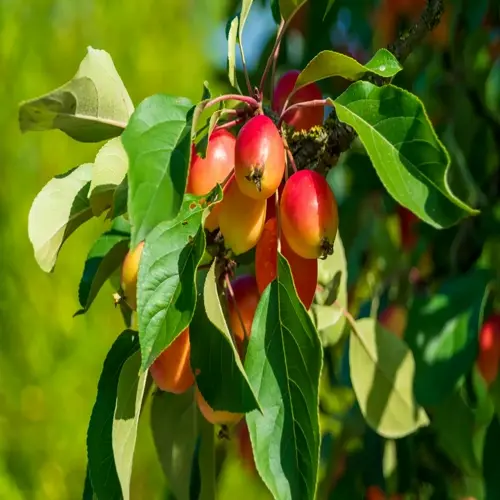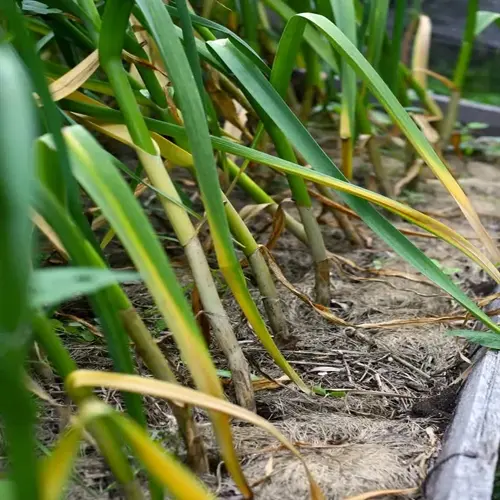How does climate affect grape harvest timing?

Written by
Kiana Okafor
Reviewed by
Prof. Martin Thorne, Ph.D.Climate determines grape harvest timing fundamentally, considering not only temperature data but also rainfall data and seasonal changes. Grapes in warmer areas will ripen quickly than grapes in cooler regions, and coastal vineyards tend to harvest later than those in inland areas. In other words, each region develops varietal harvest periods over several months.
Harsh growing conditions delay harvest about a week for every 100 meters in elevation. Mountain vineyards will be cooler, which delays sugar accumulation and acid degradation. For every 100m gain, expect harvest dates to be 7-10 days after those on the valley floors below.
The coastal areas are at least 2-4 weeks behind inland regions due to marine influences, such as ocean breezes and fog that keep coastal areas experiencing cooler conditions that slow down metabolic processes. Inland vineyards can accumulate heat units, leading to earlier maturity dates and subsequent harvests compared to coastal regions.
Temperature Response
- Cool climates: Plant early-ripening varieties
- Warm regions: Use canopy management for shade
- Hot areas: Irrigate strategically to slow maturation
Rainfall Patterns
- Mediterranean: Dry summers accelerate ripening
- Continental: Harvest before autumn rains
- Tropical: Schedule around monsoon seasons
Soil Adjustments
- Sandy soils: Add organic matter to moderate temps
- Clay soils: Plant later-ripening varieties
- Volcanic soils: Monitor mineral uptake effects
Soil texture has a direct impact on heat storage capacity and drainage characteristics in soils. Sandy soils warm up quickly, achieving faster maturity, while clay retains moisture, keeping root temperature cooler. Well-drained gravel soils mimic Mediterranean climates and support faster sugar development.
Utilize regional climate data over set calendars, using growing degree day calculators specific to your location. Coastal Cabernet could be harvested in October, while inland Concord might ripen in September. Your microclimate dictates when you harvest.
Read the full article: When to Harvest Grapes: The Essential Guide

